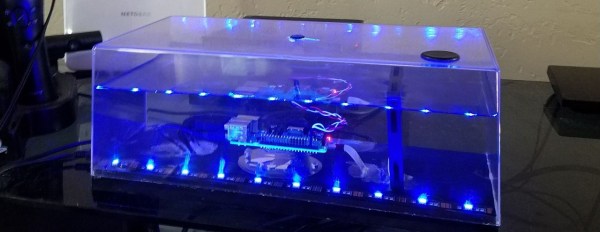Kids, please don’t try this at home. Or at least make sure there’s nothing flammable around.
With that out of the way, we have to ask — who doesn’t love playing with fire? We’re betting that many of you also have enjoyed a little skateboarding at some point in your lives. [mikeasaurus] has married the two beloved activities and made a flame throwing skateboard! The parts count is fairly low, and it looks like everything can be purchased from Amazon if you can’t source all of the items locally.
[mikeasaurus] gives a few useful tips such as how he bent one of the two pipes on the fuel tank cap to prevent fuel from pouring out. Also, he used an adapter to bring down the diameter of the tubes from 1/4″ to 1/8″ which makes for a better performing fuel stream.
Instead of making this little foot cooker more complicated with additional electronics and wires to be operated by a hand-held remote control, [mikeasaurus] decided to build the controls directly into the skateboard with just a couple of foot-activated switches. This keeps his hands free to wave at all of the onlookers watching him speed by. Or better yet, to carry a fire extinguisher.
Admittedly, it appears from the video that the flame doesn’t really get ‘thrown’ too far, and [mikeasaurus] himself says:
“As long as you’re moving forward when the flames are activated, you’re good to go!”
Because of this, you probably don’t want to use your favorite board, as it’s going to be subject to direct flames.
You’ll see this when you watch the video after the break.


















